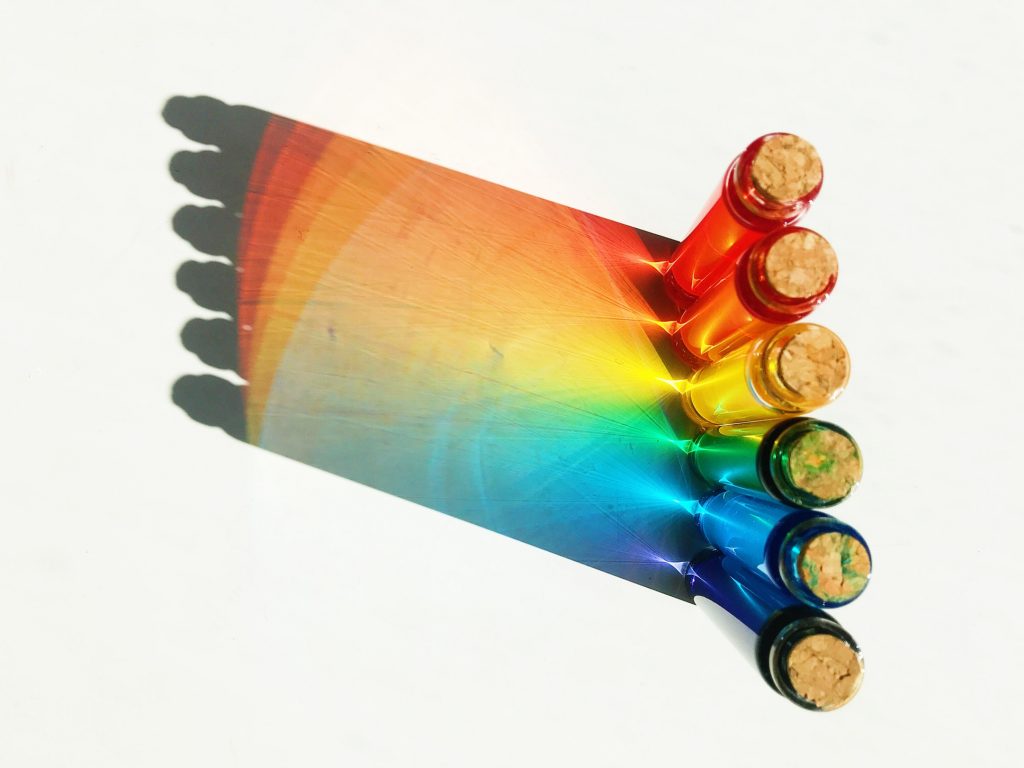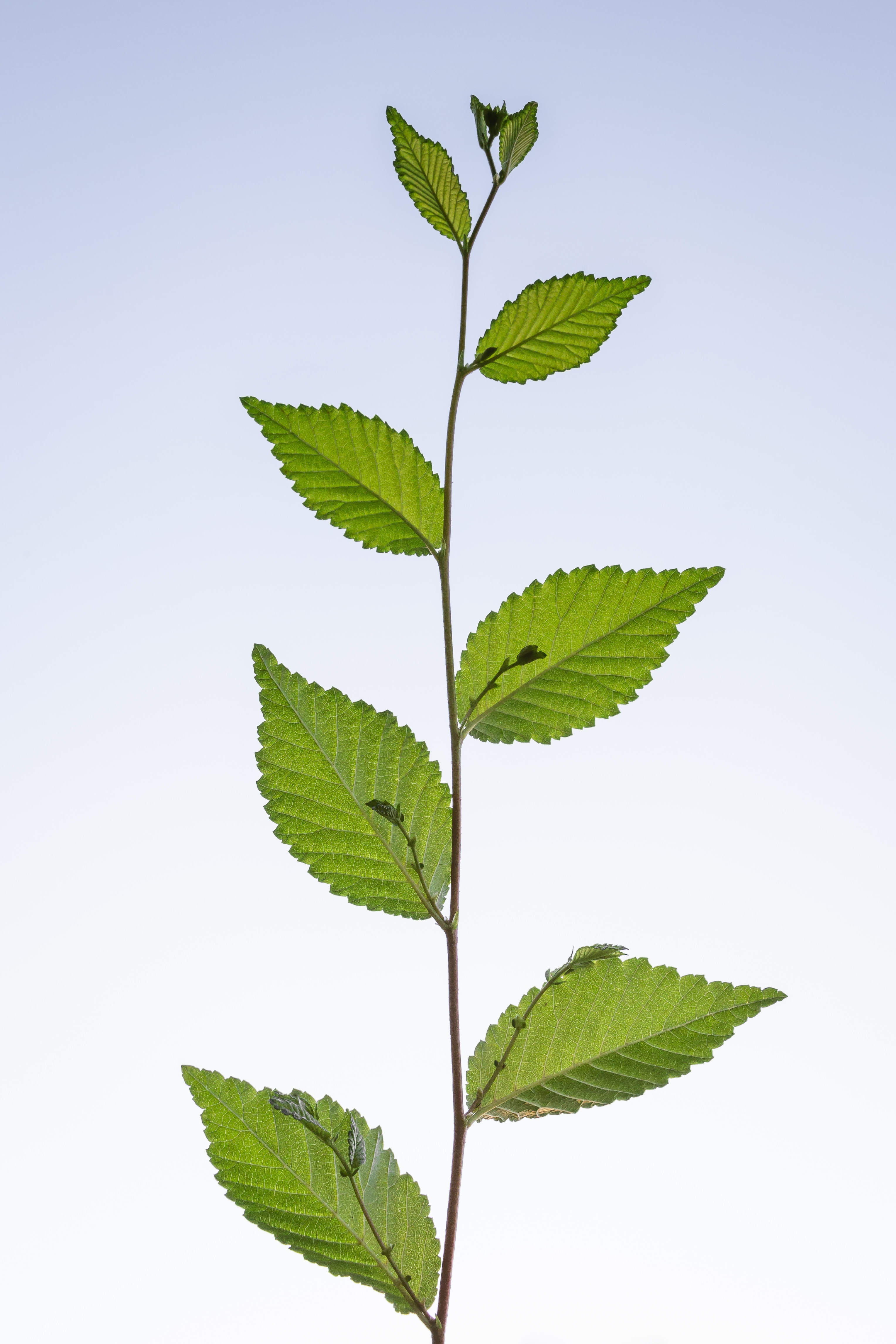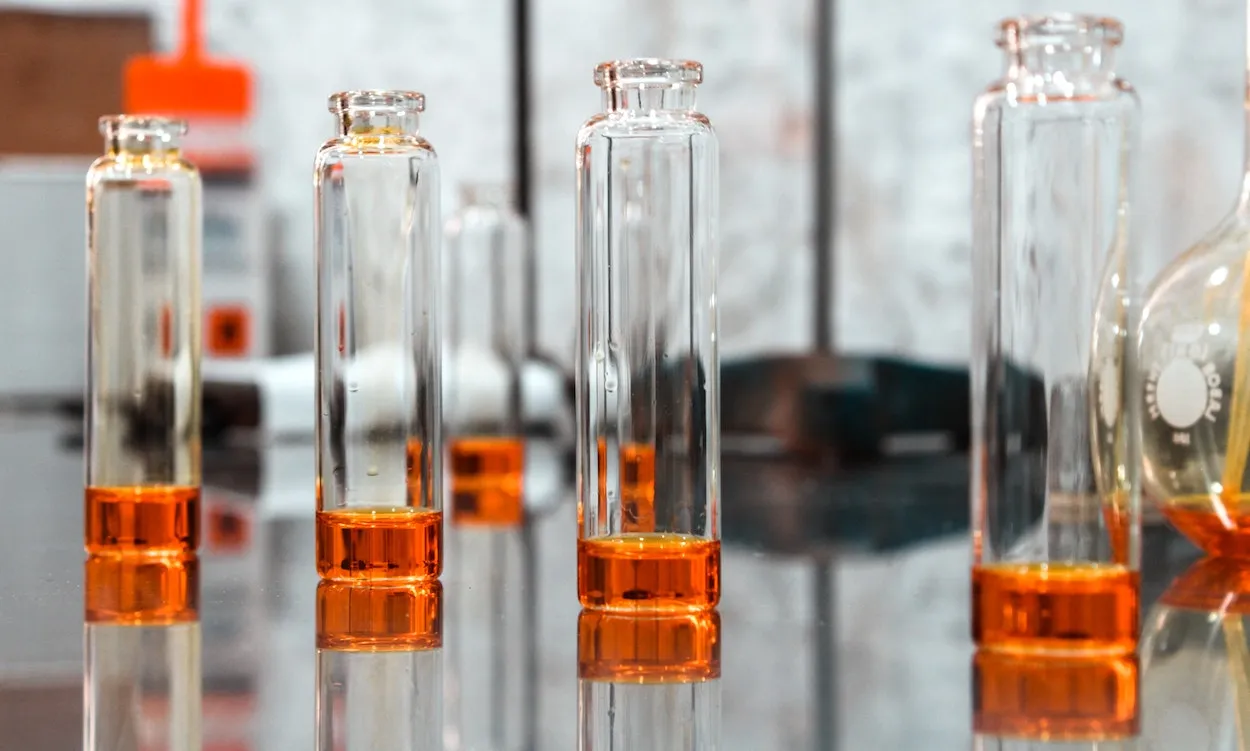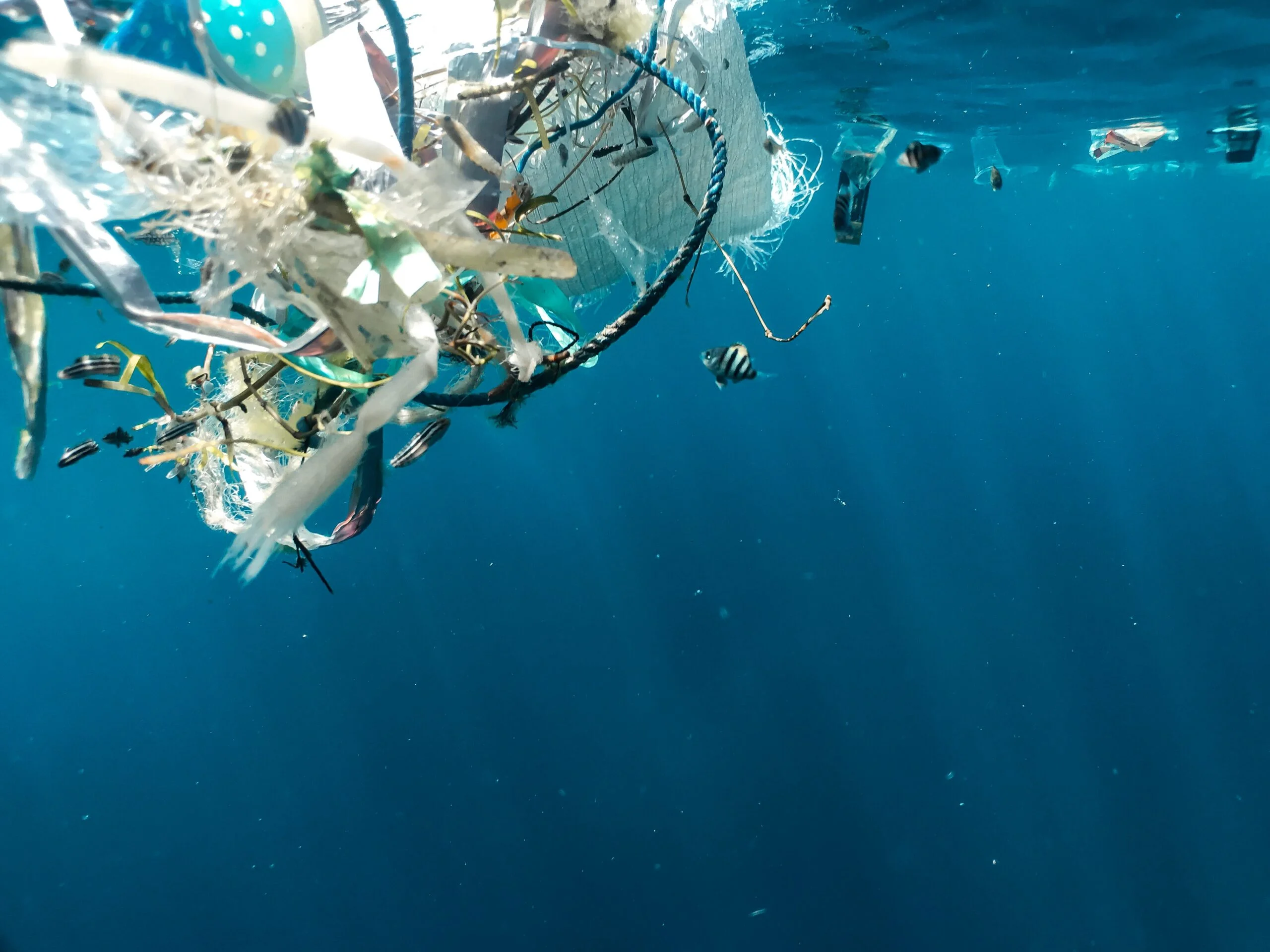Back to Basics
What is spectroscopy? How do we perceive different colours. We will explore the science behind pigments/dyes, how sunlight is absorbed/reflected and what are different colours made of. A few experiments:
- Is black really a colour
- Investigating ink and colored markers
- Concentration of food dyes in soft drinks

Biology
Explore the fascinating world of biology and discover how we can analyze and understand biological molecules and processes using a powerful tool. Join us on a journey of discovery and learn how spectroscopy helps us diagnose diseases and monitor plant growth and health. Some of the experiments in this chapter:
- Exploring photosynthesis
- Researching plant pigments in spinach
- DIY pH indicator from red cabbage
- Measuring vitamin C in Citrus

Chemistry
In chemistry, we use spectroscopy to study atoms and molecules. By analysing the light emitted or absorbed by these particles, we can study compounds and their properties, reactions, concentrations and much more.

Ecology
In ecology, spectroscopy is a valuable tool for assessing the quality of water and soil. By analysing the light that is absorbed or reflected, we can identify the presence of pollutants or other contaminants. Learn how spectroscopy helps us protect our planet and its resources.
